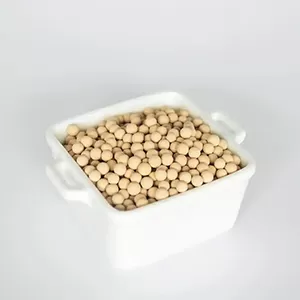Distinguishing true 3A molecular sieve from counterfeits requires assessing key physical and performance traits. Authentic 3A sieve features uniform 3-angstrom pores, verified via mercury porosimetry or nitrogen adsorption analysis—fake products often show irregular pore sizes (2–5Å), compromising selectivity. A simple water adsorption test reveals differences: genuine sieve absorbs 20–25% of its weight in water, while fakes may adsorb less due to blocked or inconsistent pores.

Structural integrity is another indicator. True 3A molecular sieve retains its crystalline structure when heated to 300°C, as confirmed by X-ray diffraction. Counterfeits, often made with impure aluminosilicates, may degrade or shrink, losing adsorption capacity after regeneration. Visual inspection of industrial packing can help: authentic beads or pellets have consistent size (1–5mm) and color (pale white), while fakes may show discoloration or uneven shapes.
Supplier certification matters too. Reputable manufacturers provide batch-specific reports on pore size, cation content (potassium), and adsorption efficiency. Fakes often lack such documentation. Testing for potassium ions—via flame photometry—confirms authenticity, as 3A sieve relies on these cations for polar attraction, whereas counterfeits may use cheaper sodium (common in 4A sieve) or no cations at all. Combining these checks ensures identification of genuine 3A molecular sieve, critical for reliable industrial performance.

